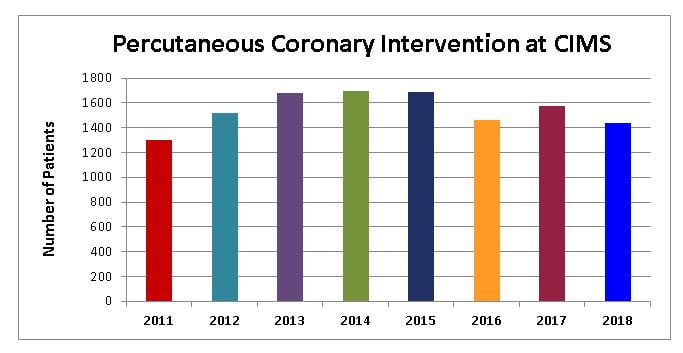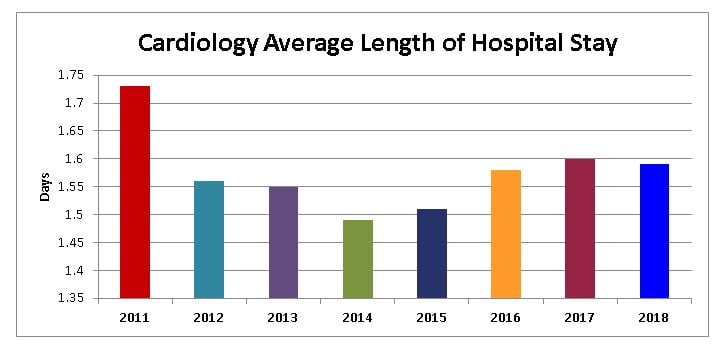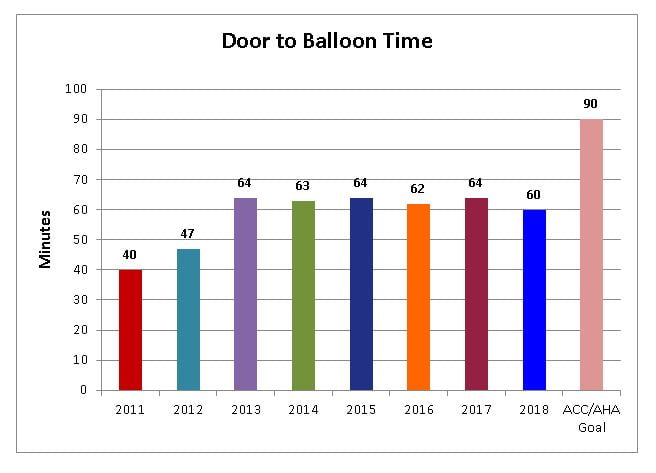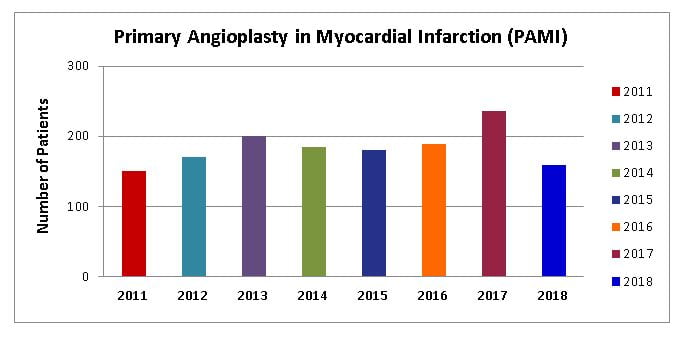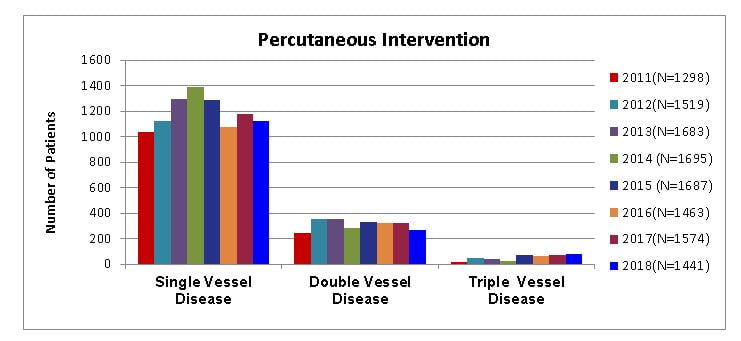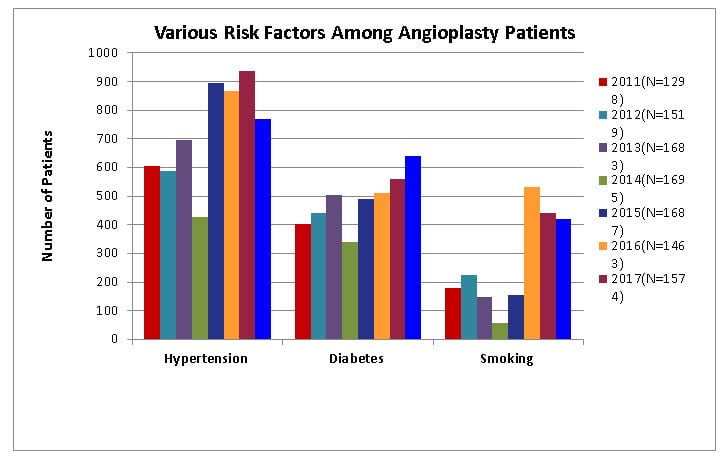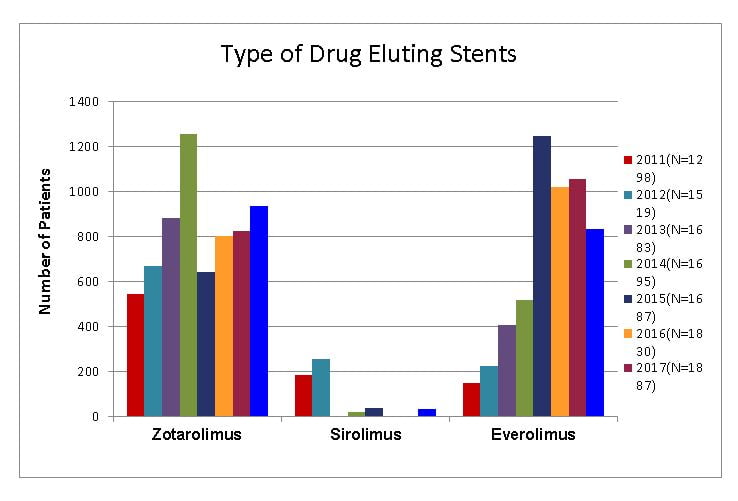Angioplasty & Stents
What is angioplasty?
Angioplasty is a procedure in which your health care provider inserts a balloon catheter into a blocked artery to unblock the artery. The blocked artery may be an artery in your arm, leg, or neck. If the blocked artery is a blood vessel that supplies blood to the heart, the procedure is called coronary angioplasty, or percutaneous transluminal coronary angioplasty (PTCA). A catheter is a thin tube inserted into a blood vessel either at the elbow or groin. The catheter is pushed through the blood vessel to the blockage in the artery. Inflating a balloon at the tip of the catheter stretches the narrowed artery. Your health care provider then deflates the balloon and removes the catheter and balloon. The stretching of the artery greatly improves blood flow through the artery. Often a metal device called a stent is left in the artery to improve chances that the blood vessel will stay open.
When is it used?
Arteries can become blocked or narrowed when certain substances build up in the artery wall. These substances-cholesterol, minerals, blood, and muscle cells-are called plaque.
Angioplasty is used to treat:
- coronary artery disease (narrowing or blockage of the arteries that supply blood to the heart).
- angina pectoris (chest pain).
- peripheral vascular disease (blocked arteries in the limbs, especially the legs).
- carotid artery disease (narrowing or blockage of the blood vessels in your neck.)
- Coronary angioplasty may be done after a heart attack to reduce heart muscle damage from the heart attack.
Plan for your care and transportation after the procedure and during recovery at home.
Before the procedure tell your health care provider if you have had any kidney problems or reactions to iodine-containing foods or chemicals, such as seafood or kidney contrast dye.
You will have blood tests, an electrocardiogram (ECG), and a chest x-ray before the procedure. Someone at the hospital will shave and wash the area where the catheter will be inserted (arm or groin) to help prevent infection.
You will go back to your hospital room and rest in bed for 12 to 24 hours. You will most likely be able to go home the next day. You can usually resume normal activity within a day or two.
What are the benefits of this procedure?
- It can restore blood flow in the artery without major surgery.
- It does not require replacing blood vessels in one part of your body with blood vessels removed from another part of your body (as is often necessary in bypass surgery).
- It can be performed without using general anesthesia. Carotid angioplasty reduces the chances for stroke.
What are the risks?
- You may have an allergic reaction to the local anesthetic or x-ray dye.
- You may bleed a lot and need additional medicine or a blood transfusion.
- The artery may be damaged. For example, the artery might be perforated during the procedure. Emergency bypass surgery or repair of the perforation (hole) would then be needed.
- There is a small chance that you may have an acute heart attack (myocardial infarction), and your heart muscle might be damaged.
- There is a risk of injury to the arm or leg used for insertion of the catheter.
- The blockage may come back after 3 to 6 months.
- The procedure could cause a stroke.
- There is risk with every treatment or procedure. Talk to your provider for complete information about how the risks apply to you.
How can I take care of myself?
- Eat a healthy diet that is low in fat and cholesterol.
- Exercise according to your health care provider’s recommendation.
- Keep your appointment for your scheduled post-discharge office visit.
Call your health care provider right away if:
- You have chest pain.
- You have constant or worsening pain or numbness in your arm or leg.
- You have a fever.
- You have shortness of breath.
- Your arm or leg becomes blue and cold.
- You have bleeding, excess bruising, or large swelling where the catheter was inserted.
Call your health care provider during office hours if:
- You have questions about the procedure or its result.
- You want to make another appointment.

